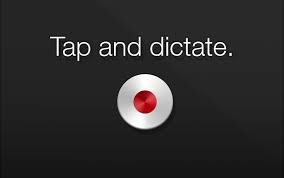When Downton Abbey started, it gave us a way to continue to explore social class issues. The basis was the early family life of the deceased Queen Mother, Elizabeth Bowes-Lyon, in the second and third decades of the 20th century.
Now that six seasons of television and two feature films have been produced, the most socially mobile character, Mr. Mosely, has taken on new prominence. It’s his deadpan delivery and his intelligence as a former footman turned schoolteacher turned screenwriter that make him constantly change. Yet he retains his social position and celebrates the flexibility of the middle class. His message is that the talents that human beings offer can transcend class boundaries and offer hope to disadvantaged populations.
I see Lady Edith’s character as patterned after the Queen mother, Elizabeth Bowes Lyon. Bertie, her ultimate dream husband, is the spitting image and namesake of a young king George the sixth.
My mother watched Masterpiece Theater every Sunday night. Our whole family got so involved in Upstairs, Downstairs, a pre-WWI story about a similar upper class family with servants in London. Downton Abbey had a small town setting, albeit a similar family/servant structure. We also loved the Moonstone series, the War and Peace series with Sir Anthony Hopkins, and I Claudius, with Derek Jacobi. I adored Diana Rigg as Elizabeth I, The Six Wives of Henry VIII, and other classics.
By the time the second Downton movie came along this spring of 2022, my Mom had passed away, but there was a renewal of the importance of relationships between individuals from different social classes. Walls between people were beginning to disappear. The last scene of the dowager countess represents that, too, as her last words were directed towards her long time lady’s maid.
The solidity of Highclere Castle and British institutions portrayed by Julian Fellowes symbolize the humanizing strength and optimistic humor of the current royal family. In the 70th anniversary year of Elizabeth II’s reign, they’re worthy of an energetic and rejuvenating celebration!




